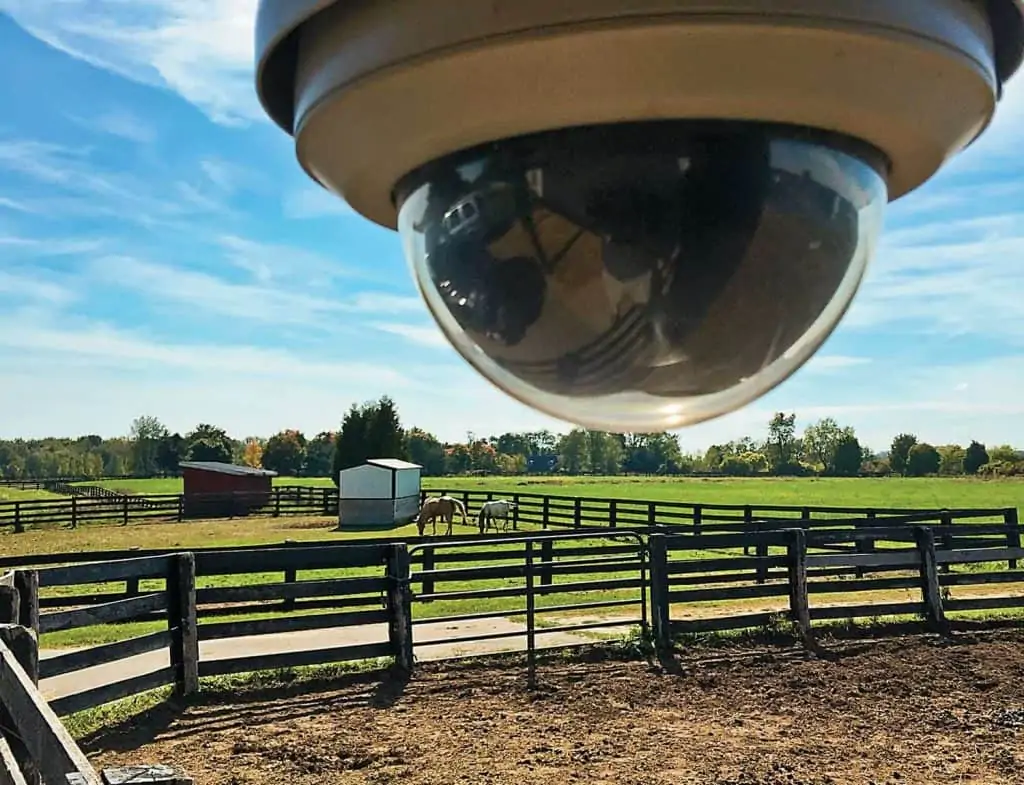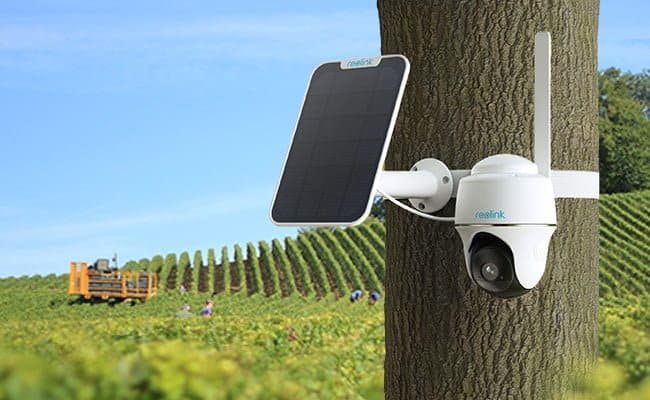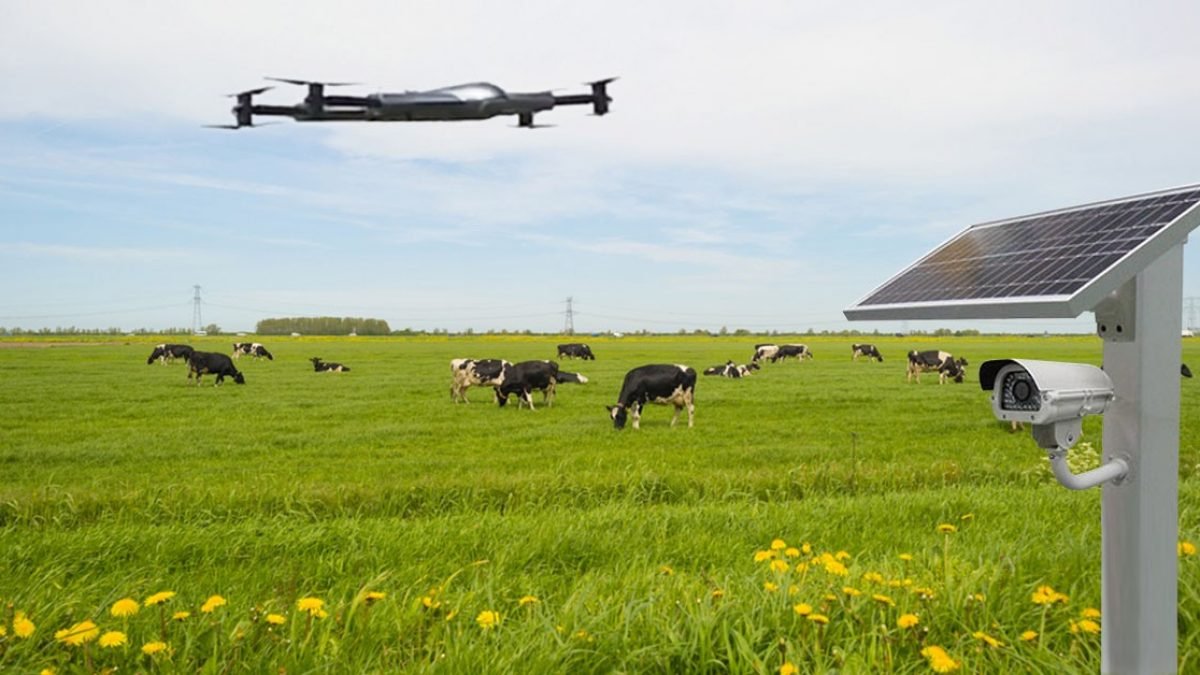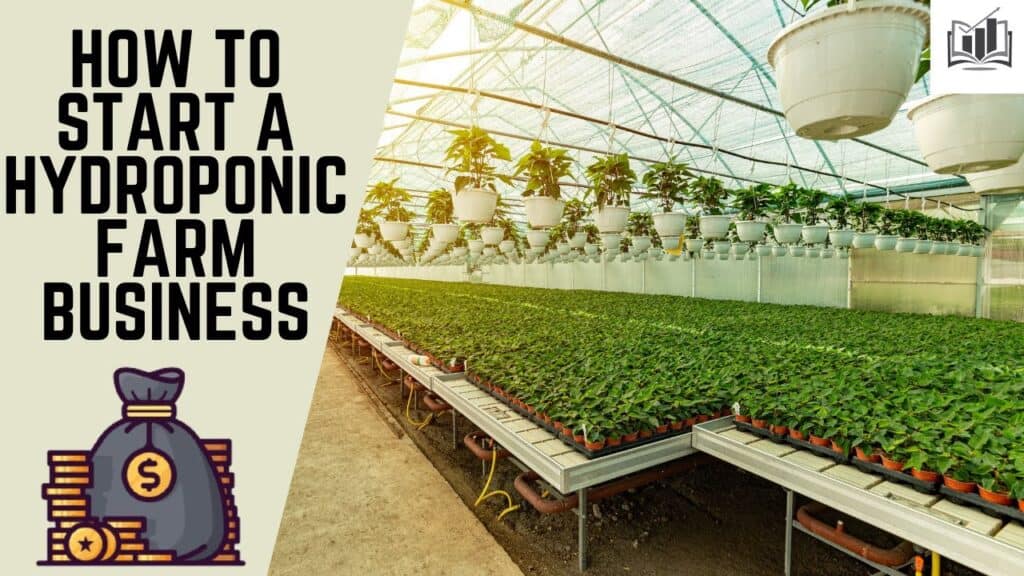Enhance farm security by implementing a multi-layered approach that includes perimeter fencing, surveillance systems, motion-activated lighting, secure storage for equipment and supplies, alarm systems, livestock identification, and strong community relationships with neighbors and local law enforcement.
One of the first lines of defense for any farm is its perimeter security measures. This includes fencing, gates, and barriers to prevent unauthorized access to the property.
Fencing should be sturdy and tall enough to deter intruders, and gates should be equipped with locks and access control systems to ensure only authorized individuals can enter the premises. Additionally, installing barriers such as bollards or concrete blocks can further enhance the security of the perimeter.
For more tips on home and farm security, head over to MarkAsBuzzer today!
In addition to physical barriers, farms can also utilize natural deterrents such as hedges or thorny bushes to create a natural barrier around the property. This not only adds an extra layer of security but also enhances the aesthetic appeal of the farm.
Furthermore, regular inspections and maintenance of perimeter security measures are essential to ensure their effectiveness. Any damage or breaches should be promptly repaired to maintain the integrity of the farm’s security.
Key Takeaways
- Implementing perimeter security measures such as fences, gates, and barriers can help deter unauthorized access to your farm.
- Surveillance and monitoring systems, including cameras and sensors, can provide real-time monitoring and alerts for any suspicious activity on the farm.
- Access control and entry points should be limited and monitored to ensure only authorized individuals can enter the farm premises.
- Protecting livestock and crops can be achieved through measures such as installing motion-activated lights, using guard animals, and implementing crop rotation and diversification.
- Having a well-defined emergency response and communication plan, along with regular employee training and awareness programs, can help ensure a quick and effective response to any security threats on the farm.
Surveillance and Monitoring Systems
Implementing surveillance and monitoring systems is crucial for enhancing farm security. This includes the installation of security cameras at key locations around the property to monitor activities and deter potential intruders.
Modern surveillance systems can be integrated with motion sensors and alarms to alert farm owners or security personnel of any suspicious activity. Additionally, farms can utilize drones for aerial surveillance to cover large areas of land and monitor livestock and crop fields.
Furthermore, farms can also invest in advanced monitoring systems that utilize infrared technology to detect movement during nighttime hours. This can be particularly useful for farms that are vulnerable to theft or vandalism during the night. Regular maintenance and testing of surveillance and monitoring systems are essential to ensure their reliability and effectiveness in protecting the farm.
Access Control and Entry Points
Controlling access to the farm is essential for enhancing security. This includes implementing access control systems such as key cards, biometric scanners, or keypad entry systems to restrict entry to authorized personnel only. Additionally, farms can utilize electronic gates that can be remotely controlled and monitored to prevent unauthorized access.
It is also important to establish designated entry points for vehicles and visitors, with proper signage and instructions for accessing the farm. This helps to streamline the entry process and ensures that all individuals entering the property are accounted for. Regular audits of access control systems should be conducted to update access permissions and revoke access for former employees or individuals who no longer require entry to the farm.
Livestock and Crop Protection
Protecting livestock and crops from theft, predators, and natural disasters is a top priority for farm security. This includes implementing measures such as secure enclosures for livestock, including barns or pens with sturdy locks and barriers to prevent unauthorized access. Additionally, farms can utilize GPS tracking devices for livestock to monitor their movements and quickly locate them in the event of theft or escape.
For crop protection, farms can implement measures such as fencing, netting, or deterrents to prevent damage from wildlife or pests. Utilizing weather monitoring systems can also help farmers prepare for natural disasters such as storms or extreme temperatures that can threaten crops. Regular inspections of enclosures and crop fields are essential to identify any vulnerabilities and address them promptly.
Emergency Response and Communication Plans
Having a well-defined emergency response plan is essential for farm security. This includes establishing protocols for responding to emergencies such as fires, natural disasters, or security breaches. Farms should have designated evacuation routes and assembly points for employees and visitors in the event of an emergency.
Furthermore, farms should establish communication plans that include emergency contact information for local law enforcement, fire departments, and medical services. This information should be readily accessible to all employees and visitors on the farm. Regular drills and training exercises should be conducted to ensure that all individuals on the farm are familiar with emergency procedures and can respond effectively in a crisis.
Employee Training and Awareness
Training employees on farm security protocols and procedures is essential for enhancing overall security. This includes educating employees on how to properly operate surveillance and monitoring systems, access control measures, and emergency response protocols. Additionally, employees should be trained on how to identify and report suspicious activity or security breaches.
Creating a culture of security awareness among employees is also important for enhancing farm security. This includes promoting a sense of responsibility among employees to report any security concerns or vulnerabilities they may observe. Regular training sessions and workshops on farm security can help reinforce these principles and ensure that all employees are actively engaged in maintaining a secure environment.
Integration of Technology for Farm Security
The integration of technology can greatly enhance farm security. This includes utilizing advanced security systems such as smart sensors, drones, and automated monitoring systems to detect and respond to potential threats. Farms can also implement remote monitoring and control systems that allow owners to oversee security measures from anywhere at any time.
Furthermore, farms can utilize data analytics and predictive modeling to identify potential security risks and vulnerabilities. This can help farmers proactively address security concerns before they escalate into major issues. Investing in cutting-edge technology for farm security not only enhances protection but also demonstrates a commitment to staying ahead of potential threats.
In conclusion, enhancing farm security requires a comprehensive approach that encompasses physical barriers, surveillance systems, access control measures, livestock and crop protection, emergency response plans, employee training, and the integration of technology.
By implementing these top strategies for farm security, farmers can protect their property, assets, and livelihood from potential threats and vulnerabilities. It is essential for farmers to regularly assess their security measures and make necessary adjustments to ensure the ongoing protection of their farm.
FAQs
What are some common security threats to farms?
Some common security threats to farms include theft of equipment, livestock, and crops, vandalism, trespassing, and environmental damage.
What are some strategies for enhancing farm security?
Some strategies for enhancing farm security include installing security cameras, fencing, lighting, and alarms, using locks and secure storage for equipment, implementing access control measures, and establishing a neighborhood watch program.
How can farmers protect their livestock from theft and predators?
Farmers can protect their livestock from theft and predators by using perimeter fencing, installing motion-activated lights and alarms, employing guard animals, and implementing regular patrols and checks of the livestock area.
What role does technology play in enhancing farm security?
Technology plays a significant role in enhancing farm security by providing tools such as security cameras, motion sensors, GPS tracking for equipment, and remote monitoring systems that allow farmers to keep an eye on their property even when they are not physically present.
What should farmers do in the event of a security breach on their farm?
In the event of a security breach on their farm, farmers should immediately contact law enforcement, document any damage or theft, and review their security measures to identify any weaknesses that need to be addressed.
Originally posted 2024-05-04 15:17:37.






